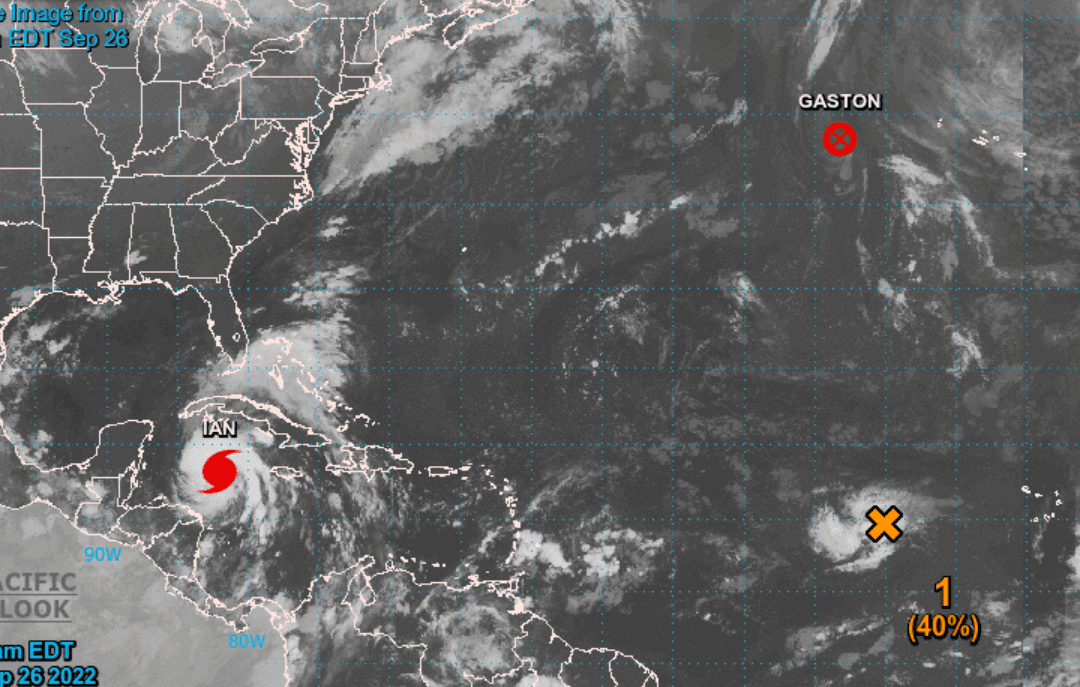Hurricane Ian formed in the Caribbean Sea on Monday morning as federal forecasters predicted the storm will strengthen before ultimately slamming into western Florida.
With 75 mph winds, the Category 1 storm is currently 90 miles west of the Cayman Islands and some 275 miles southeast of western Cuba, according to an 8 a.m. Monday update provided by the National Hurricane Center (NHC). Hurricane warnings were in effect for the Cuban provinces of Isla de Juventud, Pinar del Rio, and Artemisa as well as Grand Cayman island.





